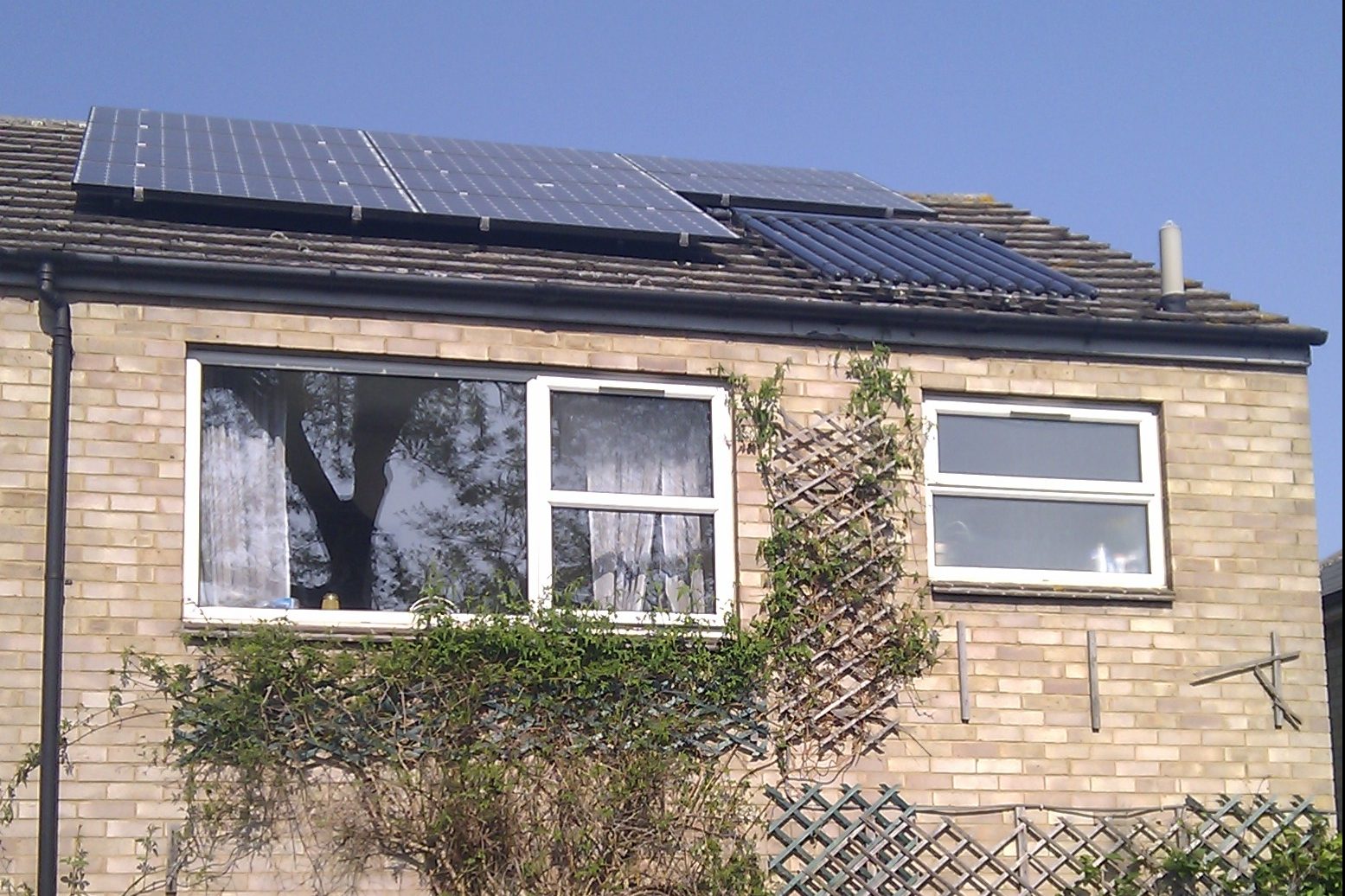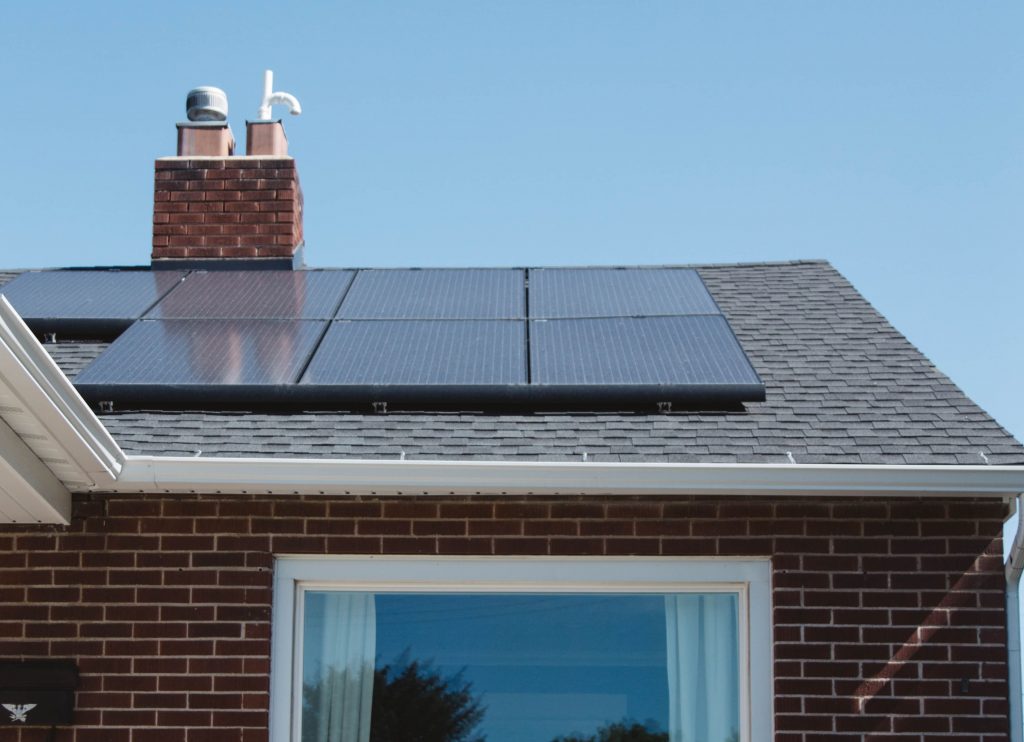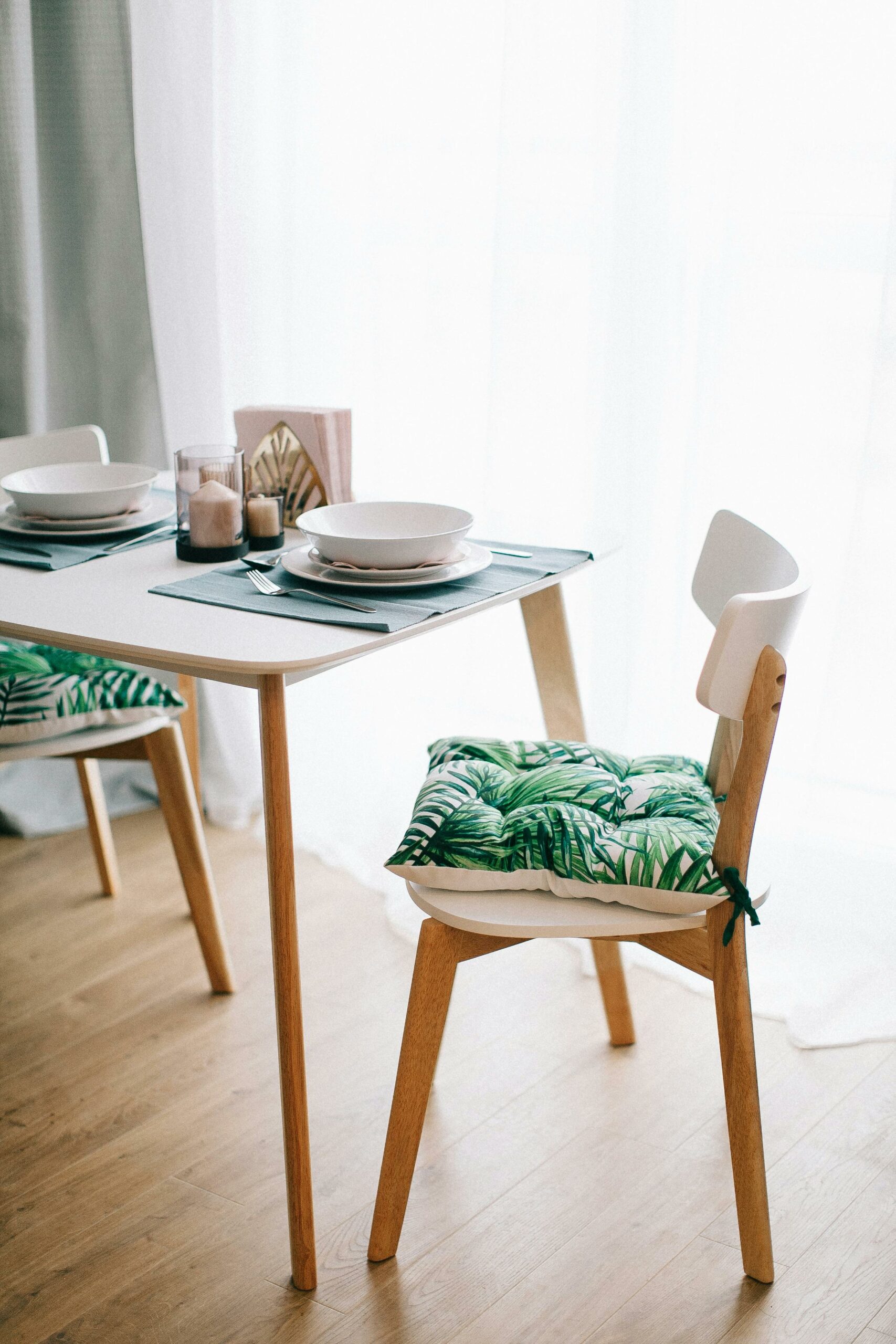
A practical guide to solar panels for your home
Solar panels are one of the most visible ways to make your home more sustainable – but they also deliver powerful results behind the scenes. By converting sunlight into electricity, solar photovoltaic (PV) panels can help reduce your energy bills, cut carbon emissions, and give you more control over how your home is powered.
A typical domestic solar system can save around 1.3 to 1.6 tonnes of carbon dioxide every year – while generating free, renewable electricity for decades to come.

How do solar panels work?
Solar panels are made from photovoltaic cells, usually based on silicon. When sunlight hits these cells, it creates an electric current. That current is initially direct current (DC), which is then converted into alternating current (AC) – the type used in your home – via an inverter.
The electricity your panels generate can power your appliances in real time. If you produce more than you use, the surplus can be exported back to the grid (depending on your tariff). While panels are most effective in direct sunlight, they still work on cloudy days – just at a lower rate.

Is my home suitable for solar panels?
The best-performing solar systems are typically installed on:
- South-facing roofs
- Roofs that are unshaded by trees, chimneys or nearby buildings
- Pitched roofs angled between 30° and 40°
Your available roof space affects how many panels can be installed – and therefore how much electricity you can generate. But even smaller systems can offer meaningful savings, especially when paired with other upgrades.
How to get the most from your solar panels
To optimize the benefits of solar panels, Solar panels work best when part of a broader energy efficiency strategy. To get the most benefit:
- Insulate first – A well-insulated, draught-proof home holds on to heat and uses less energy overall
- Shift your usage – Use appliances during daylight hours to make use of the power your system is generating
- Think about pairing – Combine solar panels with technologies like battery storage, smart controls or heat pumps to unlock further savings and self-sufficiency
A professional assessment will help you understand the best configuration for your home. At Cosy Homes Oxfordshire, we’ll assess your property and create a tailored Whole House Plan to guide your next steps.
Costs and savings
As of 2024, a typical domestic solar PV system costs around £6,100 to install. Households in the southern UK could save between £600 and £690 a year on energy bills – meaning the system could pay for itself in 11 to 14 years, depending on your usage and tariff.
Solar panels are low-maintenance, long-lasting, and increasingly in demand. Once installed, the ongoing cost is minimal, and most systems last over 25 years.
In the news
Solar energy continues to grow rapidly across the UK. Nearly two in five new homes in England are now built with solar panels – and retrofit installations are rising too, driven by the dual priorities of energy independence and climate action.
Recent research also shows that solar panels could reduce energy bills by up to 24% for households in fuel poverty – reinforcing their role in delivering affordable, resilient power for the long term.
Getting started
Adding solar panels is a confident step toward a cleaner, more efficient home. Whether you’re planning a full retrofit or looking to invest in renewable energy, we’re here to help.
Call our team on 0330 223 2742 (Monday to Friday) or contact us to arrange a home assessment and find out if solar panels are right for you.
Read next…

Get smart with your heating controls
When we think about home energy upgrades, we often jump straight to heat pumps or insulation. But one of the simplest and most cost-effective changes you can make is getting better control over your
A whole house approach – more than a quick fix
A whole house approach means looking at your home as a system, not a set of parts. With expert guidance, you can plan upgrades in the right order, avoid wasted spend, and build a home that’s warmer, greener, and more comfortable for years to
